- Groundwork
- Market Engagement
- Groundwork
- Market Engagement
Summary of Environmental Farmers Group
Environmental Farmers Group (EFG) is a farmer-led organisation focused on delivering environmental improvements financed through nature markets. The farmers work together to identify where natural capital improvements would best be made, and where opportunities exist for nature markets. The EFG shares knowledge and processes across its members to strengthen their position as owners and managers of natural capital. The EFG was launched in May 2022 in the Hampshire Avon river catchment and completed its first trade in March 2023. As of October 2023, it comprises of 257 farmers and 140,000 hectares, with a mix of owner occupiers and tenant farmers, and has since expanded its model elsewhere in England.
Farm Profile:
- Location: Hampshire, Wiltshire, Dorset, Northern Lincs, Northants
- Size of Farms: 20 hectares – 3000 hectares
- Size of Land: 140,000 hectares
- Tenancy & Ownership: Mix of tenants and owner occupiers
- Nature Market Focus: Biodiversity Net Gain, Nutrient Neutrality, Water Quality
- Interventions: various
- Project Partners: Game and Wildlife Conservation Trust (GWCT), Natural Capital Advisory
Acknowledgements
With many thanks for their time and insight on this case study:
Robert Shepherd, Farmer and Board Member, Environmental Farmers Group
Ed Shuldham, Farmer and Scoping Group Member, Environmental Farmers Group
Digby Sowerby, Operations Officer, Natural Capital Advisory
Rachel Ridd, Business Officer, Natural Capital Advisory
Date published: 16/11/2023
Key Takeaways
- EFG believes that farmers have the best knowledge of their land, and that a bottom-up plan, designed by farmers and land managers, can be more effective for delivering nature-positive outcomes compared to top-down, demand-driven or piecemeal improvements.
- The group of founding farmers are working with the GWCT on a Catchment Scale Conservation Plan to figure out where the best changes can be made from both an ecological and financial standpoint.
- EFG’s membership has been steadily growing – now across three catchments – it has been gathering ground-truthed ecological data to make sure this plan is best suited for the environment.
- EFG is also working with Natural Capital Advisory to help determine how nature market opportunities can feed into this Plan.
What is the current state of the land?
As of November 2023, the Environmental Farmers Group covers 135,000 hectares in three different catchments in the south-west of England;
- the Hampshire Avon (EFG’s starting location),
- the Test & Itchen, and
- the Dorset Stour.
Farming in these areas is predominantly based on permanent pastureland for grazing and arable farmland, with most farmers dependent on the Basic Payment Scheme for their businesses.
Each catchment has its own unique features and specific environmental goals – such as the reduction of certain nutrients in waterways, protection of rare chalk streams and restoration of wildflower meadows. However, each catchment agrees on the same broad environmental objectives that were set by the founding farmers in 2021:
- Cleaner Water
- Biodiversity and species recovery
- Net carbon zero farming by 2040
You can read more about how this initial group of farmers came together on EFG’s website, and how farmers of EFG work together in the Milestone 2 case study.
Creation of a Catchment Scale Conservation Plan
In partnership with the GWCT, EFG has started to build a Catchment Scale Conservation Plan (‘Plan’) that will identify across the catchments where ecological interventions, such as tree planting near rivers and wildflower restoration, would be best placed ecologically.
Several different ecologists have been engaged to develop the Plan, but also farmers for their own knowledge of their land, and to build in how much land they would like to keep in food production.
One of the aims of the Plan is to take national targets around nature restoration, and scale these down to the catchments, so that the Plan is best aligned with government ambitions. For example, EFG wants to restore 75% of protected sites back to favourable conditions by 2042. EFG also hopes to feed their work into the Local Nature Recovery Strategies of the catchments.
EFG is still defining some of the methods by which it is tracking these targets – including its definition of net carbon zero farming. However it believes that by collecting this data now using robust and trusted methodologies, the farmers of EFG will be better placed to create joined up plans that can meet the requirements of financiers and government – such as additionality and proving the avoidance of perverse incentive.
This in turn will help to transform the Plan into what EFG calls an Investible Landscape, which can create nature market trades (and other types of funding).
How is EFG assessing its nature market potential?
EFG hopes to create a pipeline of nature market trades that align with the Plan. It is working with Natural Capital Advisory (NCA), which is a subsidiary of the GWCT that specialises in nature markets, in order to do so.
Rob Shepherd – one of the founding farmers and now Chairman of EFG – says the most common concerns that farmers have about the nature markets space are usually either “missing the bus entirely or overcommitting their farms.” EFG recognises that, if it could achieve enough scale, farmers could “dip their toe” by committing parcels of land together, and have better negotiating power as a collective.
Since its launch in May 2022, EFG has pursued different ecological and land assessments across its membership, including 57 biodiversity audits to assess the potential of BNG sales.
So far, the main nature market opportunities for EFG farmers appear to be unit sales via Biodiversity Net Gain and Nutrient Neutrality, as the catchments are all located in areas with a housing development pipeline under Nutrient Neutrality requirements. EFG has further plans to assess land opportunities, including Soil Carbon trials with a small group of farmers and a service provider that the NCA and EFG has assessed and chosen.
You can hear more about the EFG’s role in the video below:
How has EFG funded this work?
To date, EFG has received different sources of funding for its development, including:
- funding and time in kind from the GWCT, and its subsidiary the Natural Capital Advisory
- membership fees from each of the farmers – £1.25 / hectare / annum (as of October 2023).
- sponsorship from several local businesses
- £100,000 from the Natural Environment Investment Readiness Fund – Round 2.
EFG also has a ‘trade equalisation policy’ that means any trades pursued by its farmer members involve a share of profits, with 3% going to EFG to help cover its administrative costs. You can read more about this in the Milestone 2 (Working with Other Farmers) case study.

